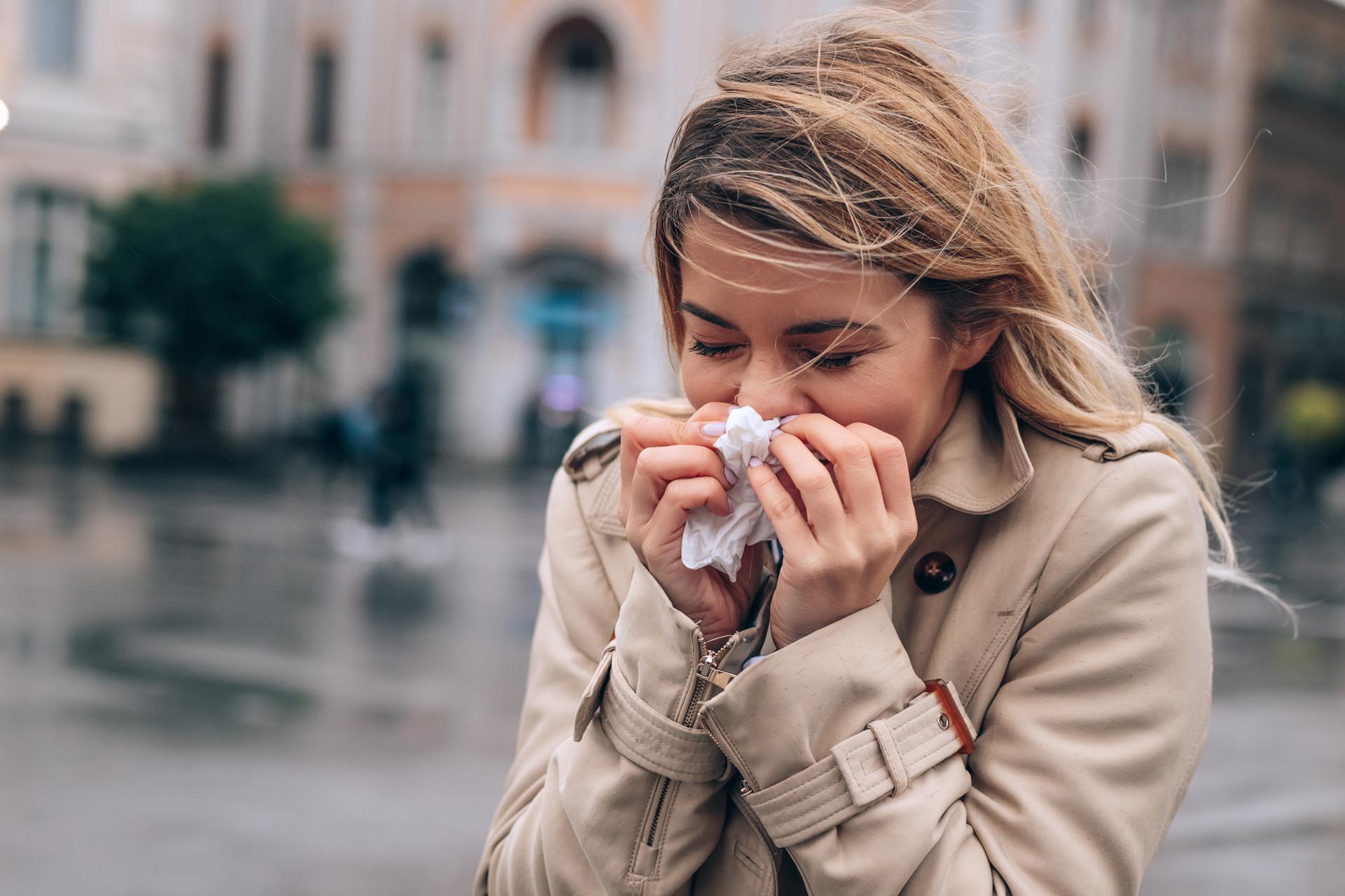 In the event of a power outage, portable electrical generators will save the food in your refrigerator or power up essential equipment in your home. However, they can also pose safety hazards, as they release carbon monoxide (CO) into the air and produce heat that can start a fire. Check out these guidelines to learn how to safely use generators:
In the event of a power outage, portable electrical generators will save the food in your refrigerator or power up essential equipment in your home. However, they can also pose safety hazards, as they release carbon monoxide (CO) into the air and produce heat that can start a fire. Check out these guidelines to learn how to safely use generators:
- Never use generators indoors, or in places such as basement, crawlspace, garage and carport, to prevent CO poisoning. WARNING: opening up windows or doors is not enough to prevent CO buildup in the home.
- Install battery-operated CO alarms in your home for extra protection against CO poisoning. Remember, CO can’t be seen or smelled. Only a CO alarm can detect it.
- Place generators outside, in a well-ventilated place, and away from doors, windows and vents that could allow CO to come indoors.
- Keep generators dry and never use them under wet conditions to avoid an electrical shock. If you have wet hands, do not touch operating generators.
- Keep generators on a dry surface and under a structure, such as a tarp held up on poles, to protect them from rain or snow.
- Plug appliances directly into the generator or use an outdoor-rated extension cord. Check the cord for cuts or tears and that the plug has all three prongs.
- Check the manufacturer’s rating for the total electric load supported by the generator. Be sure to not exceed the specified rating.
- Make sure to turn off generators and allow them to cool down before refueling, to avoid any risk of fire.
- Use the type of fuel that is specified on the generator’s instructions. Store generator fuel in a container that is intended to be used for this purpose.
- Keep the container in a protected area, outside of living spaces. Be careful not to place the container near appliances that produce heat.
Find out more facts about carbon monoxide here and how to prevent CO poisoning in this article. For professional fire, water and mold restoration services, contact your local PuroClean office.



 PuroClean of Deer Valley
PuroClean of Deer Valley